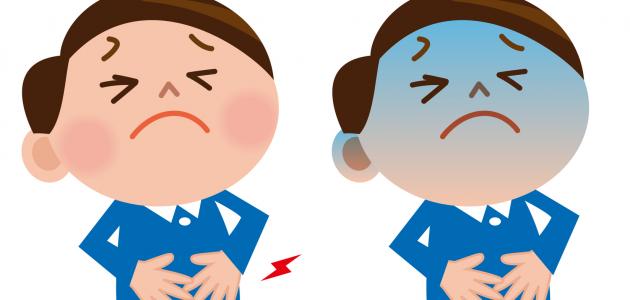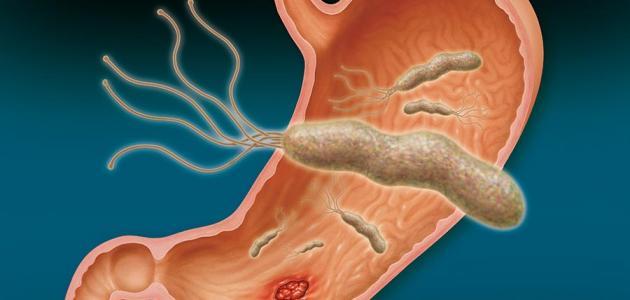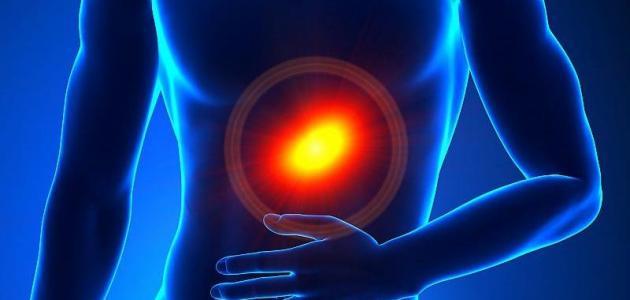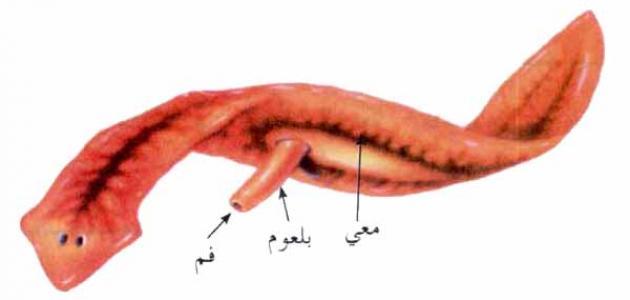hernia
Hernia occurs when one of the internal organs of the body pushes through an opening in the muscles or tissues that hold this organ in place, and the hernia that occurs in the abdomen is the most common case of hernia, for example, the intestine can push through Weak in the abdominal wall, and it is worth noting that the hernia can also occur in the upper thigh area, the navel area, or in the inguinal region, and in fact the hernia itself does not cause any symptoms to appear on the injured person, or it may cause pain that ranges in severity from Mild to severe, this pain occurs while resting, or during certain activities such as walking or running.
Hernia diagnosis
To diagnose a hernia, the doctor follows several methods and procedures, which differ according to the type of hernia, and these methods include the following:
- Physical examination: It is possible for the doctor to diagnose an incisional hernia, or an inguinal hernia (in English: Inguinal hernia) by noticing a bulge in the abdomen or groin area, and the doctor also notes that this bulge becomes larger when coughing or standing, Or stretching and pressing the body.
- Endoscopy or endoscopy: Through this method, it is possible to detect the presence of a hiatal hernia (in English: Hiatus hernia); Where the doctor inserts a small camera connected to a tube into the esophagus, passing through the throat and pharynx, to reach the stomach, as through this camera the doctor can see the location of the inner stomach.
- X-rays or X-rays: X-rays are used to detect the presence of a hiatal hernia. This is done by taking the patient who will undergo x-ray imaging a liquid solution containing barium, which appears clearly in the x-ray images, which enables the doctor to see the location of the internal stomach.
- Ultrasound: This is done through the use of high-frequency sound waves, through which an image of the internal structures of the body can be formed, as through this method it is possible to detect the presence of an umbilical hernia.
Factors that increase the risk of hernia
The pathological family history of hernia plays an important role in increasing the risk of infection, it is possible that the child is born with a hernia, and it is also possible that the hernia develops during the different stages of the life of the individual, and in fact the actual causes that lead to infection with different types of hernia, It is limited to the presence of effort or pressure on the body, accompanied by the presence of an opening or a weak area in the same area, as this pressure may cause an internal organ to rush through this weak area, and it is worth noting that any situation that increases the pressure on the abdominal cavity may contribute In hernia infection, and these cases include the following:
Read also:Hernia classification- suffering from obesity.
- Carrying heavy things.
- Having a cough.
- Effort while defecation or urination.
- Chronic lung disease.
- Fluid accumulation in the abdominal cavity.
Types of hernia
There are several types of hernias that differ according to the location of their formation, and these types include the following:
- Inguinal hernia: It is the most common type of hernia, and it affects men more than women, and it occurs when the fatty tissue or part of the intestine penetrates the inguinal region; It is the area between the abdomen and the thigh.
- Femoral hernias: Femoral hernia is one of the less common types compared to inguinal hernia, and it affects women more than men, and it also occurs when part of the intestine or fatty tissue pushes through the inguinal region.
- Umbilical hernia: It is one of the types of hernias that affect infants, as it occurs because the navel area does not close well after birth, and therefore it is possible for a part of the intestine or fatty tissue to push through this opening, and it is also possible for umbilical hernias to affect adults due to the repeated pressure on the abdominal area. .
- Hiatal hernia: This type of hernia occurs when part of the stomach pushes towards the chest, penetrating an opening in the diaphragm, which may cause heartburn, due to the weakness of the diaphragm muscles with age, and the tension on the abdomen and pressure on it may cause heartburn. This type of hernia.
- Incisional hernias: This type of hernia occurs when tissue pushes through unhealed surgical wounds in the abdomen.
- Muscle hernias: This type of hernia occurs in the event that a part of the muscle tissue ruptures and penetrates the abdomen, and it can also occur in the muscles of the legs, as a result of sports injuries.
Hernia treatment
After diagnosing the hernia, the doctor can treat the hernia through surgical intervention, depending on the type of hernia, its components, the severity of the symptoms on the patient, and their impact on his daily activities. In fact, there are two surgeries that can be performed, one of which can be performed to treat the hernia, namely:
Read also:What is the treatment for stomachache- Open surgery: The surgeon makes a single incision, allowing him to return the protruding part to its normal position inside the abdomen.
- laparoscopy (in English: Laparoscopic surgery); It is one of the difficult methods, in which the surgeon makes several small incisions in the body of the injured person, so that he can insert his special tools that are used to repair the hernia.









